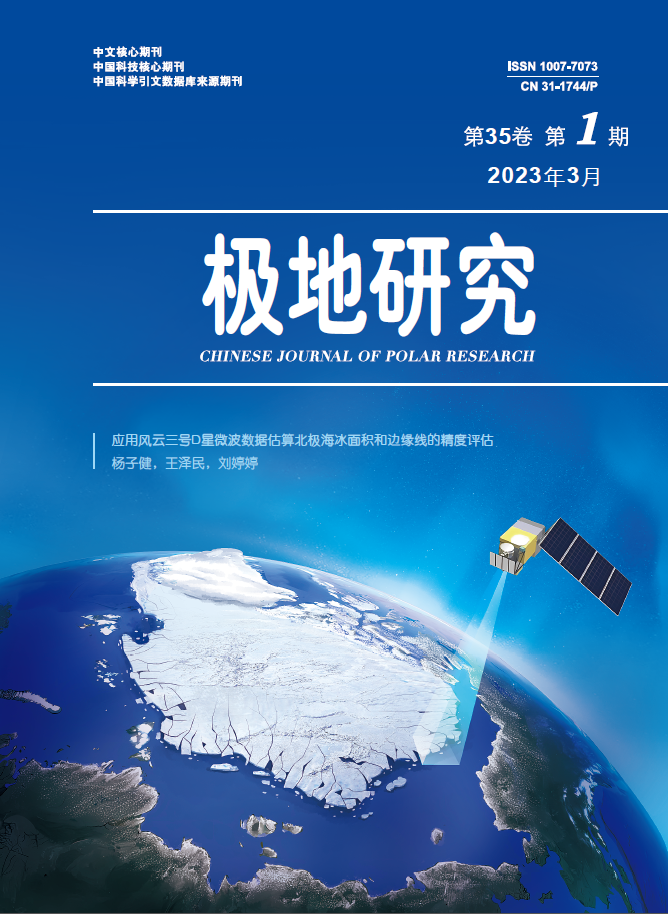|
|
Analysis of the medical data of the members of the 12th Chinese National Arctic Research Expedition
Hao Junjie , Chen Jian
2023, 35 (1):
160-165.
DOI: 10.13679/j.jdyj.20220441
In order to improve the level of medical security and rescue during the polar cruises, and put forward/upgrade the corresponding medical prevention and treatment suggestions, the medical data of the members of the 12th Chinese National Arctic Research Expedition onboard the icebreaker R/V Xulong 2 were collected and analyzed. The constituent ratio and the number of the expedition members who were injured or ill and went to the doctor were counted; the constituent ratio and the number of the diseases and injuries of the expedition members were counted; the constituent ratio and the number of the diseases and injuries of various systems were counted; the possible inducing factors of common diseases and injuries were analyzed. The study found that during the 79-day voyage (from 12 July to 28 September 2021), 76 (76.0%) of the 100 expedition members were injured or ill and went to the doctor; 143 person-times of the patients were made a diagnosis and given treatment (not including further consultation), the first ten diseases and injuries were skin injury, pharyngitis (tied first), soft tissue injury, gastritis, upper respiratory tract infection, chapped or peeling hands and feet, insomnia, dental ulcer, asthenopia, gout, dermatophytosis (tied for tenth). According to the physiological system of the human body, the diseases and injuries were trauma and bone and joint diseases, dermatological diseases, ear nose throat diseases, digestive diseases, respiratory diseases, stomatological diseases, ophthalmic diseases, neuropsychological diseases, metabolic and endocrine diseases, cardiovascular diseases, urogenital diseases. Therefore, it is suggested to take measures such as safety and health education, strengthening safety protection, strict implementation of operation specifications, improving team doctor skills and strengthening telemedicine.
References |
Related Articles |
Metrics
|

